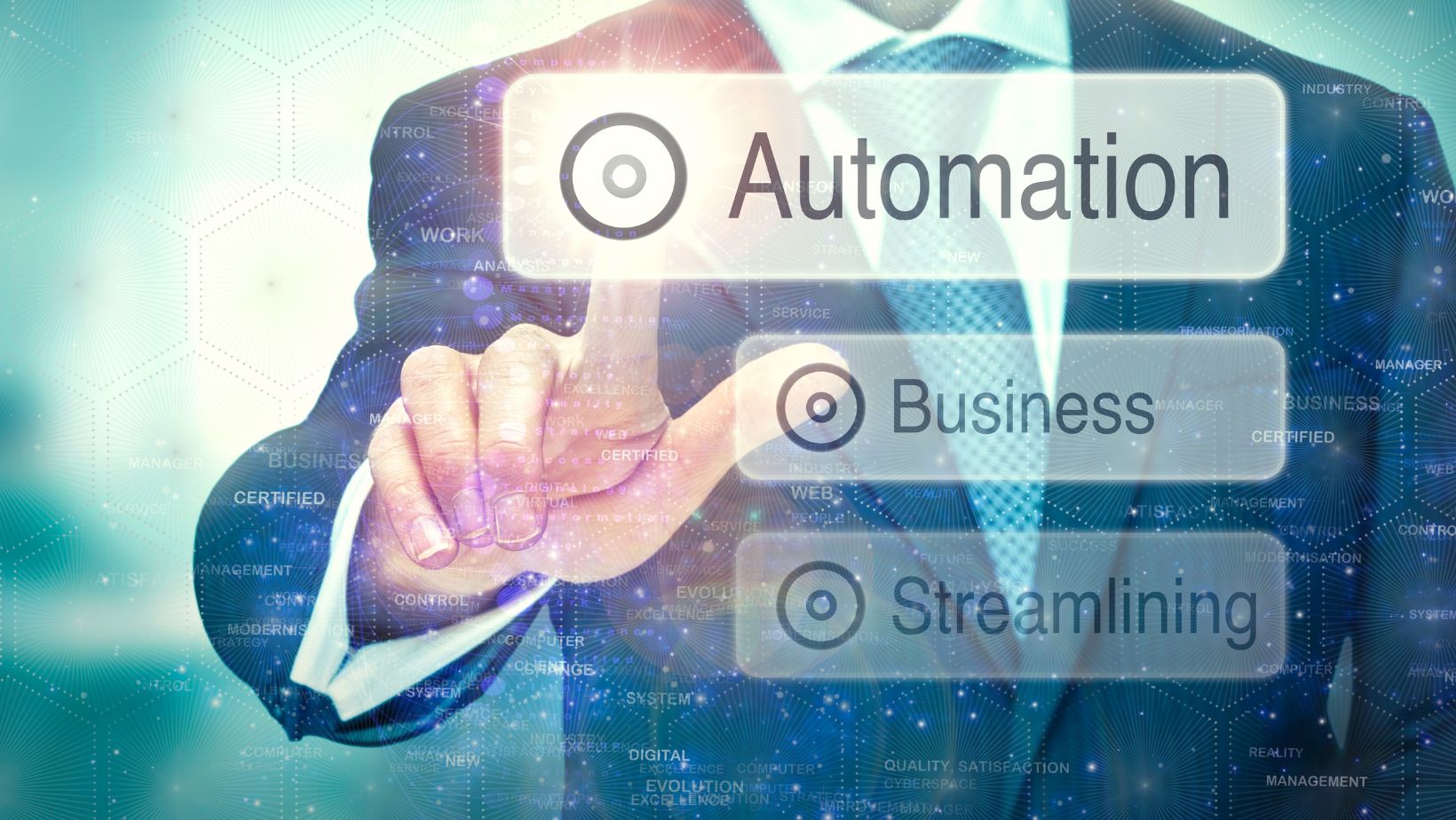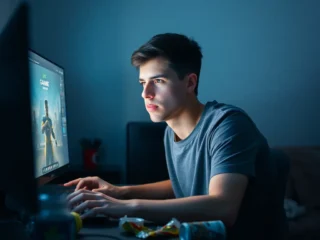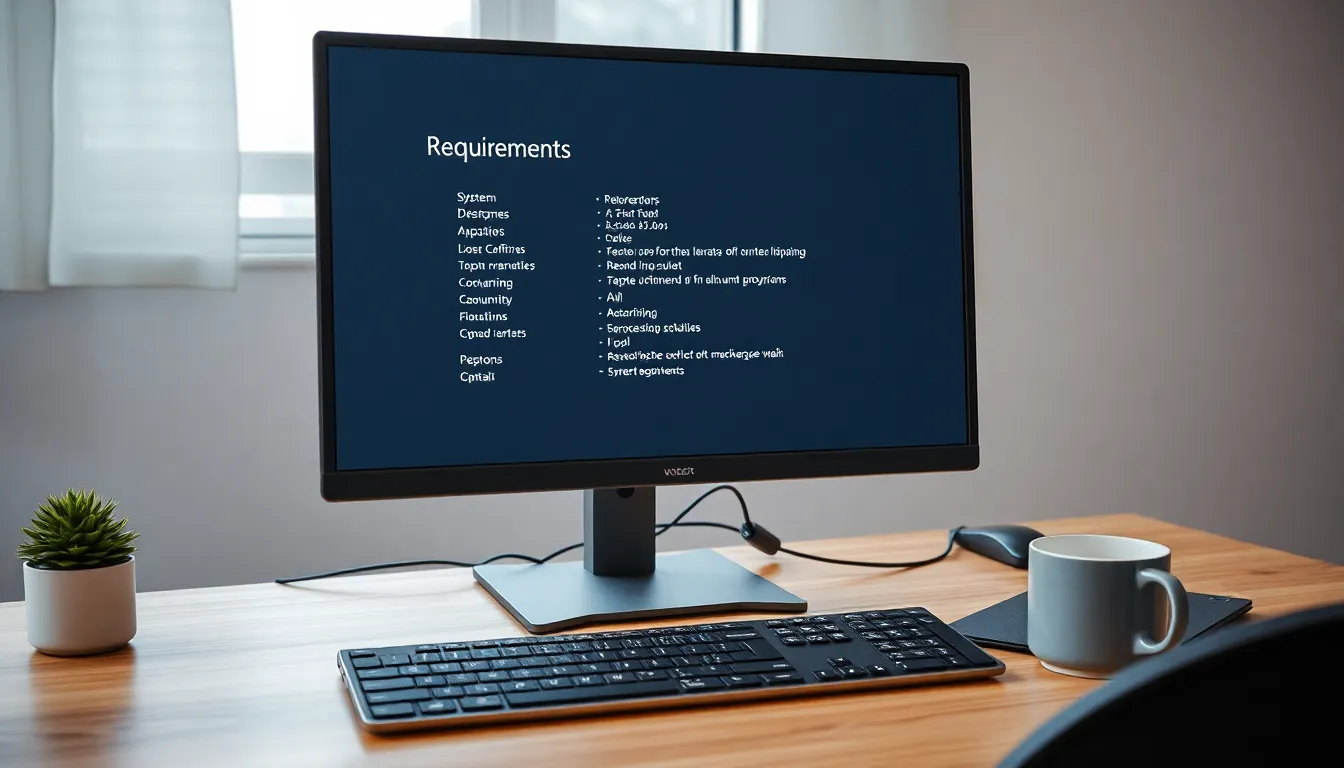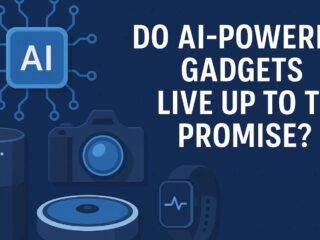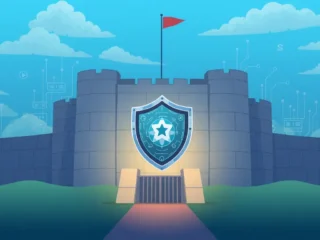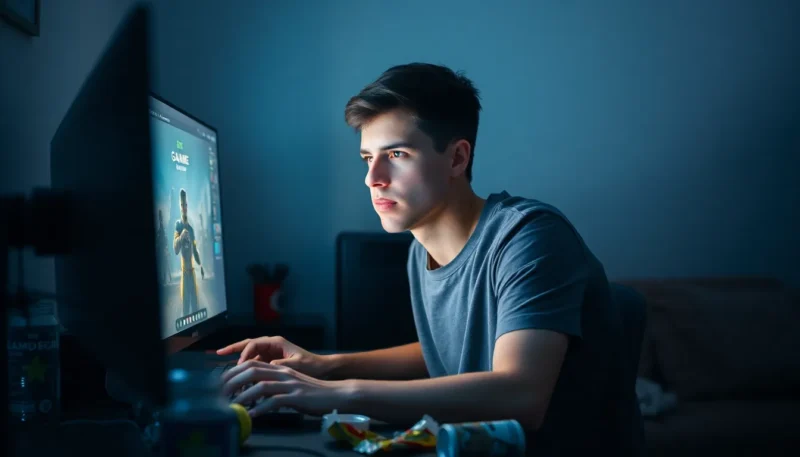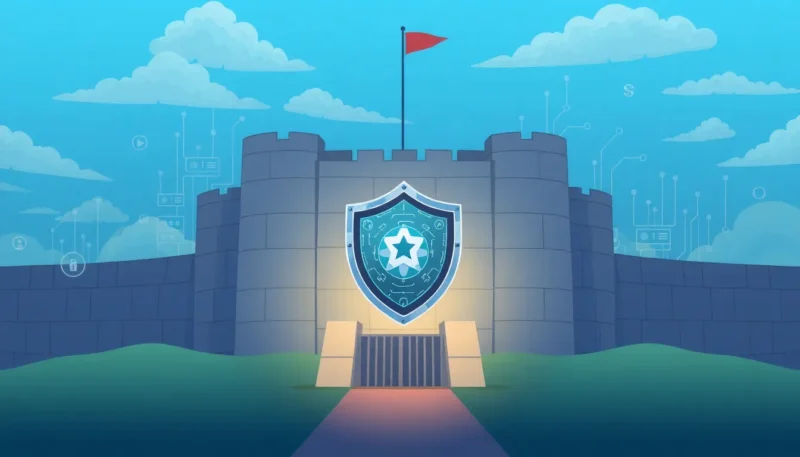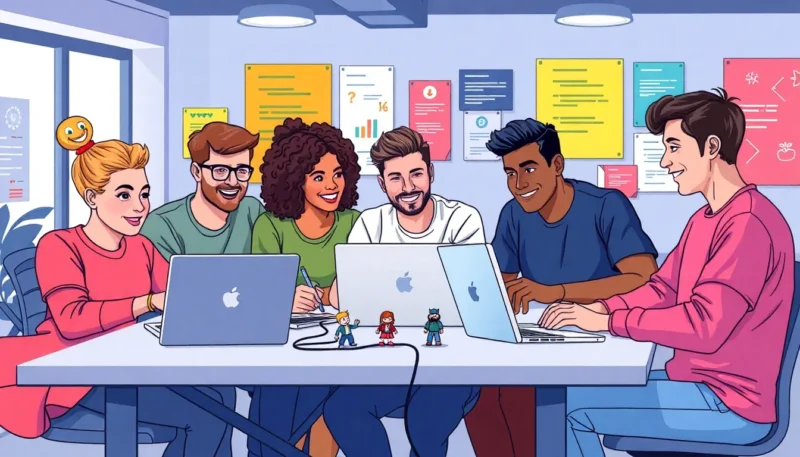
The animation industry is undergoing a seismic shift, driven by rapid advancements in artificial intelligence (AI) image generation. What was once a labor-intensive process is now being transformed by innovative AI tools that enhance creativity, streamline production, and redefine how art is made. This fusion of AI and anime is not merely about automation; it’s about elevating the artistic process to create stunning, stylish visuals with unprecedented efficiency.
AI: The Ultimate Production Accelerator
Traditionally, anime production involves countless hours of manual work—sketching keyframes, in-betweening, and generating detailed backgrounds. AI image generation now offers a solution to these time-consuming tasks. By automating repetitive processes, AI allows animators to focus on the creative vision rather than the minutiae of production. For instance, tools that assist with in-betweening can fill in the transitional frames between key drawings, reducing production time and lowering labor costs.
- Efficiency Boost: AI algorithms can quickly generate high-quality background art and transitional frames, slashing production timelines.
- Cost Reduction: By reducing the need for extensive manual labor, studios can allocate more resources to storytelling and innovation.
This new approach is proving particularly beneficial for smaller studios and independent creators. Lower production costs and faster turnaround times are opening the door for a surge of new anime series, expanding the market and introducing fresh talent to the industry.
Experimentation and Innovation in AI Image Generation
The wave of innovation in AI image generation is reshaping the anime landscape. Emerging models like NijiGAN and AnimeDiffusion are at the forefront, pushing the boundaries of what is possible. These tools specialize in style transformation, converting real-world images into anime-inspired visuals with remarkable fidelity.
For example, some studios are already exploring platforms like CGDream, which harness advanced Аlux technology and offer diverse LoRA styles. This allows creators to generate attractive visuals for characters and backgrounds, seamlessly blending traditional artistry with cutting-edge digital techniques.
Adobe, a longtime leader in creative software, is also experimenting with AI-driven tools that take image generation to a whole new level. Recent previews at Adobe MAX showcased experimental projects that not only generate 3D scenes from text prompts but also animate these visuals with detailed textures and lighting effects. These advancements hint at a future where artists have more control over the creative process, merging traditional techniques with AI efficiency.
While these tools are still evolving, they offer a glimpse into an era where AI is not just a shortcut but a catalyst for artistic expression. By leveraging AI image generation, studios can experiment with new styles and techniques, creating unique visual experiences that blend the organic warmth of hand-drawn art with the precision of digital technology.
Balancing Creativity and Automation
Despite the impressive capabilities of AI, industry veterans emphasize that the heart of animation still lies in human creativity. AI is ideally suited for tasks that are repetitive and time-consuming, such as filling in in-between frames or generating consistent backgrounds. However, the design of keyframes and the creation of original character art require a human touch—a unique perspective and emotional nuance that AI has yet to replicate fully.
Shōji Kawamori, a pioneering figure in anime, has expressed his belief that AI is perfect for automating the mundane parts of animation. He sees great potential in AI-assisted in-betweening, yet he remains cautious about its overuse. His concern is that excessive reliance on AI could risk diluting the emotional depth and artistic originality that define great anime. This balance—using AI to handle the routine while preserving the creative spark—is at the core of the ongoing revolution.
Industry Impact and Ethical Considerations
As AI image generation becomes more prevalent, it is reshaping the economics of anime production. Major platforms like Sony’s Crunchyroll are poised to benefit from lower production costs and faster content delivery, which could expand the global reach of Japanese anime. With an ever-growing international fanbase, the demand for high-quality anime is surging, and AI is helping studios meet this demand.
Innovative tools, such as an ai anime art generator, enable creators to transfer style and structure between images while maintaining consistency across scenes. This capability not only enhances the aesthetic quality of the visuals but also ensures that the artistic integrity remains intact even when production is accelerated.
However, this transformation comes with its own set of challenges. The use of AI raises important questions about copyright, artist compensation, and job security. Controversies have erupted over projects that rely heavily on AI-generated art, with many animators and voice actors expressing concerns about their work being undervalued or exploited. Regulatory and ethical debates are now central to discussions about AI in the creative industries, urging a balance between technological innovation and the protection of creative labor.
Notable Projects Paving the Way
Several high-profile projects have already begun to integrate AI image generation into their production pipelines. Netflix’s experimental short film The Dog & The Boy garnered attention for its use of AI to create background art—a decision that sparked widespread debate among traditional animators. Similarly, Twins Hinahima demonstrates how AI assistance can be woven into a broader creative narrative, while DreadClub: Vampire’s Verdict stands as a testament to the potential of a 100% AI-driven production workflow.
These projects illustrate a pivotal moment in the anime industry. They show that while AI is revolutionizing production methods, the technology is still in a state of flux, with ongoing improvements and refinements necessary to meet the highest artistic standards. Yet, the promise is undeniable: a future where the fusion of AI image generation and human creativity leads to a new era of visually captivating and emotionally resonant animation.
Looking Ahead
The integration of AI image generation in anime is more than just a technological upgrade—it’s a paradigm shift that challenges the very nature of art and creativity. As the tools become more sophisticated, the industry must navigate the dual pressures of embracing efficiency while safeguarding the creative essence that makes anime so beloved.
In the coming years, we can expect a more collaborative relationship between human artists and AI technologies, one that leverages the strengths of both. The goal is not to replace the artist but to empower them, allowing for more imaginative storytelling and richer visual experiences.
As AI continues to evolve and redefine the boundaries of what’s possible, it will undoubtedly shape the future of anime in profound and unexpected ways. For studios, creators, and fans alike, this fusion of technology and artistry is an exciting frontier—one that promises to revolutionize the world of animation while sparking debates and inspiring new forms of creative expression

